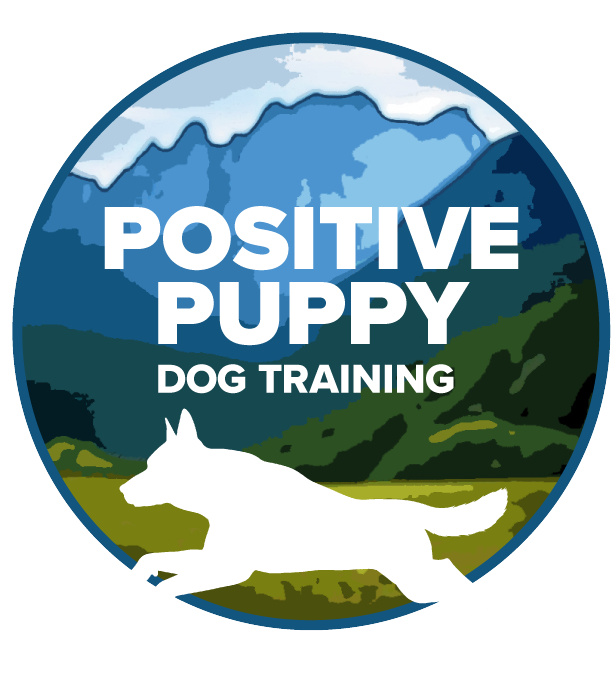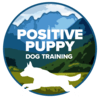Making a Dog “FIT”
The hardest part, most frustrating part of my job is making dogs fit into homes that are not appropriate for them. There is this idea that any dog can be happy in any home. This simply is not the case. What is hard for us is that we want to just LOVE away behavior problems that many times are a by-product of the pressure we put on our chosen dog.


